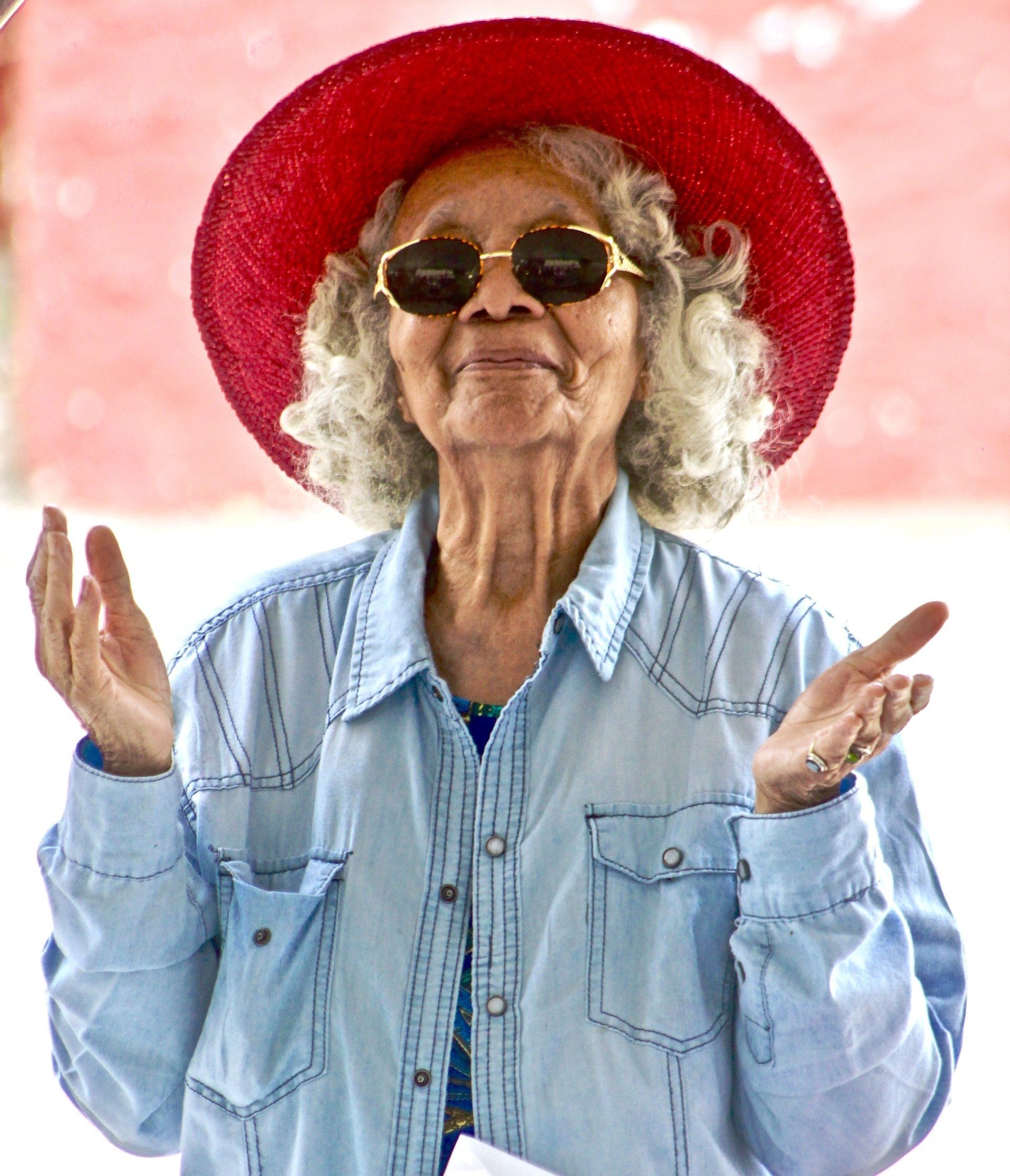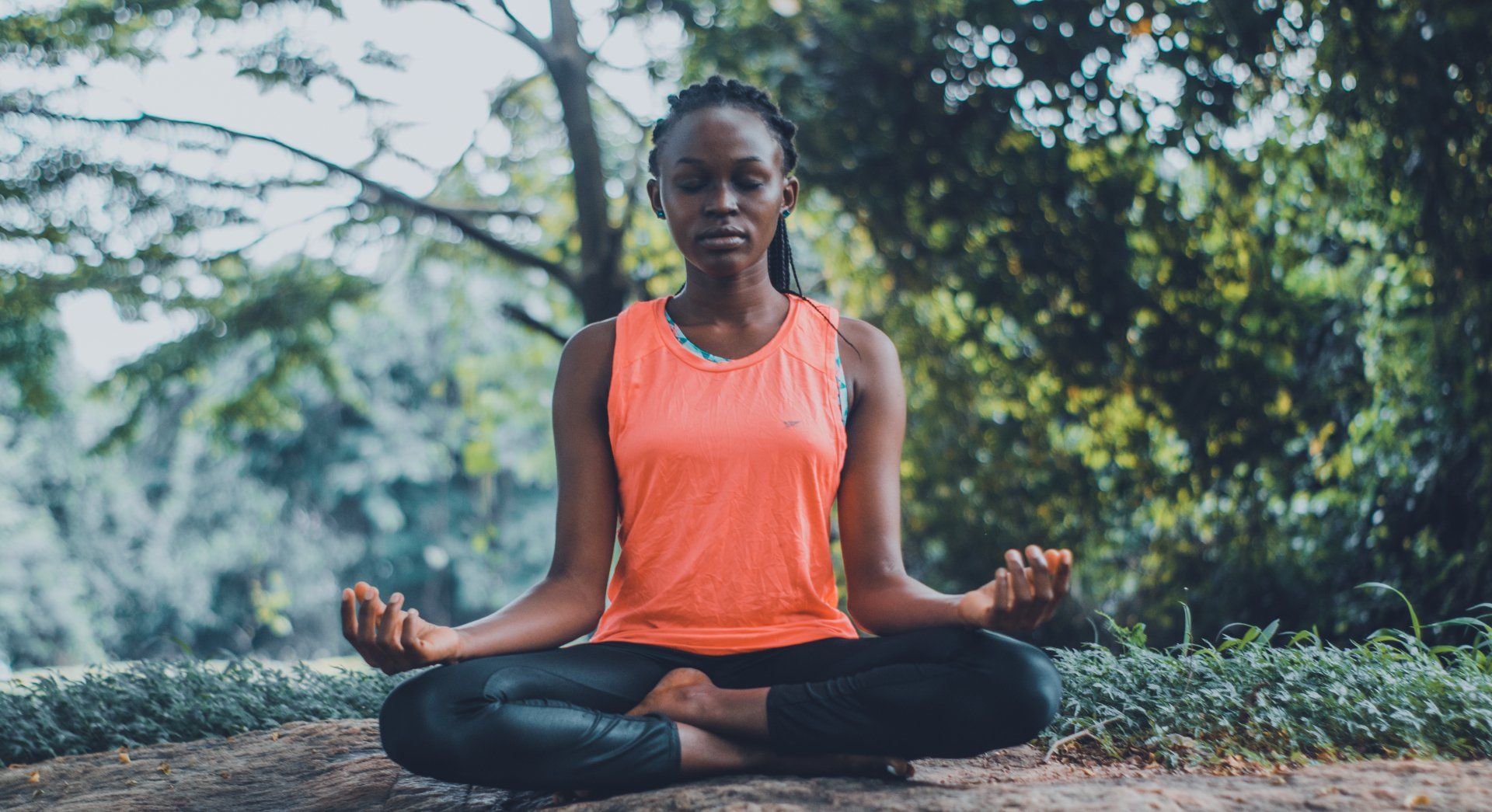9 Lessons We Can Learn From 100 year olds in the Blue Zones
Many groups of centenarians (people 100+ year old) are living around the world today. Author Dan Buettner teamed up with National Geographic and sought out these groups and places, compiling his findings into two editions of his book, The Blue Zones. The title is what he calls the centenarian groups he found in the Barbagia region of Sardinia, Italy; Ikaria, Greece; Nicoya Peninsula, Costa Rica; Seventh Day Adventists of Loma Linda, Calif.; and Okinawa, Japan.
With a team of medical researchers, anthropologists, demographers, and epidemiologists, the author searched for evidence-based common denominators among all of these places. He found nine things in common between the five groups:
1. Move naturally
Emphasize incidental activities such as walking to work or school, cycling, walking when talking on the phone. Work in your garden or yard with hand tools rather than mechanical conveniences.
2. Know your purpose
Have a reason for waking up in the morning. According to the author, knowing your sense of purpose adds up to seven years to your life expectancy.
3. Take it easy / banish stress
Even people in the Blue Zones experience stress, but they’ve created routines to shed stress, whether it’s meditating, napping, or going to happy hour like the Sardinians.
4. Don’t over eat
The Okinawans call it Hara Hachi Bu, and it’s a mantra that reminds them to stop eating when they’re 80% full.
5. Eat plants
Beans are a cornerstone of most centenarians’ diets, with small portions of meat consumed five times per month on average.
6. Drink in moderation, if you choose
Moderate and regular consumption of alcohol—1 to 2 drinks per day— is also a common theme among Blue Zone inhabitants. But only if this fits with your ethos—a group of Seventh-day Adventists in California abstain from alcohol and are still in a Blue Zone.
7. Belong to a spiritual community
Denomination doesn’t seem to matter, but belonging to a spiritual community that shares beliefs was a common theme among Blue Zone inhabitants.
8. Put loved ones first
Put families first, including investing in your children, committing to a partner, and keeping aging parents and grandparents nearby.
9. Stay social
Build a social circle that supports healthy behaviors. Happiness is contagious.
SHARE THIS POST:
Leave a Comment:
Recent Articles:






Revitalize Your Health Now!
Take the first step towards a vibrant life. Schedule your consultation today and let Eaton Chiropractic transform your well-being. Your journey to health starts here!





